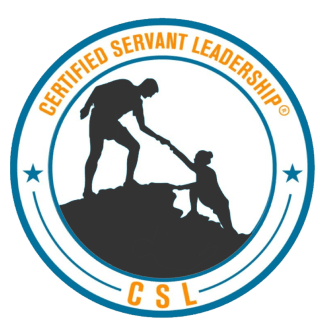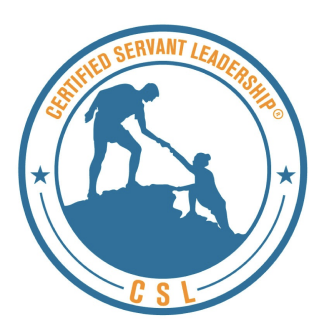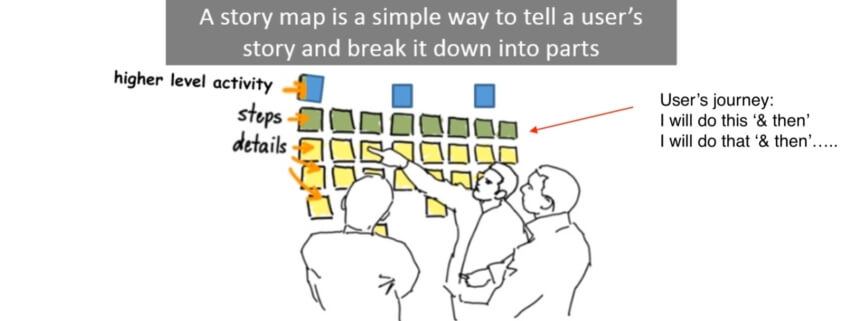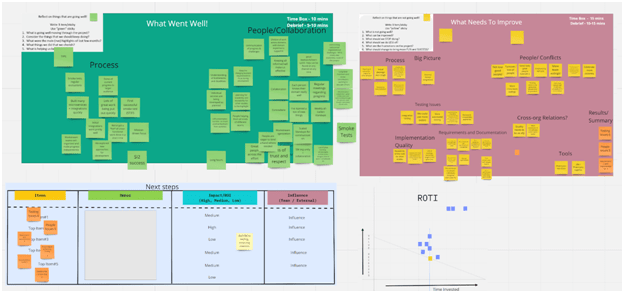
Don’t use Scrum when you don’t need to!
In fact, Scrum isn’t supposed to be effective for every type of development.
Many teams and organizations use Scrum without understanding when and where it is most effective. It costs them time without much impact on added value or creativity
Scrum comes with overheads – The Scrum Events consume time and come at a cost! Why would you want to do Scrum when your inputs are simple and outputs are same every time?
The Cynefin model (image1) is a sense-making model and provides deep insights into where and why Scrum fits best
At any point in time, you are in one of four possible circumstances (each represented by a quadrant or domain) described below
If you don’t know which one you’re in, then you’re in Disorder.
 Domain1: (Lower Right) – OBVIOUS
Domain1: (Lower Right) – OBVIOUS
Things are CLEAR and KNOWN:
Cause(inputs) and effect(outputs) have a direct relationship
Tightly constrained; No degrees of freedom
Practice: Sense -> Categorize -> Respond (best practice, when possible)
Example: Manufacturing Process Model. Using assembly line to combine parts to create the same product each time

Remember: #AgilePrinciple#10 Simplicity –
“The art of maximizing the amount of work not done is essential.”
So, why introduce process when it becomes an overhead?
 Domain2: (Upper Right) – COMPLICATED
Domain2: (Upper Right) – COMPLICATED
Things are “KNOWABLE”
Cause and effect have an indirect relationship understood through analysis. The relationship holds true to some logic each time
Governing constraints; Tightly coupled
Practice: Sense -> Analyze -> Respond (Good practice when Simple is not possible)
Example: Your car stops working, but each time, the mechanic figures out through analysis

Domain3: (Upper Left) – COMPLEX 
Things are “UNKNOWABLE”
Retrospecting may provide a way to manage and improve
Enabling constraints -> Loosely coupled
Practice: Probe -> Sense -> Respond (Emergent practice)
Example: Weather, Stock Market. Predictions can often go wrong; Software Development usually falls in this category

 Domain4: (Lower Left) – CHAOS
Domain4: (Lower Left) – CHAOS
Things are “TURBULENT” and appear “UNCONNECTED”
No relationship between sense and respond at a systems level
Practice: Act -> Sense -> Respond
Lacking constraint; De-coupled
Novel practice is the need

Example: When COVID first struck. There was utter “DISORDER”
We witnessed:
1. Lacking constraints; cause and effect were decoupled
2. Novel practices discovered and evolved
3. ACT -> SENSE -> RESPOND was in play
Cynefin teaches us a lot. Whenever there is disorder, it resolves into one of the 4 quadrants.
The path is usually CHAOS -> COMPLEX -> COMPLICATED -> SIMPLE































